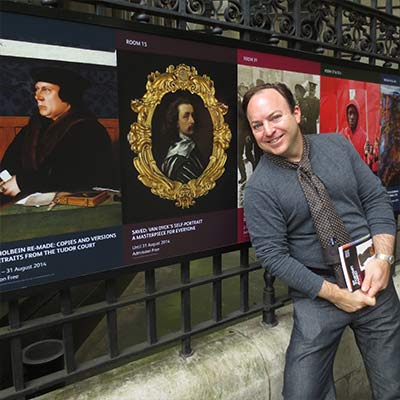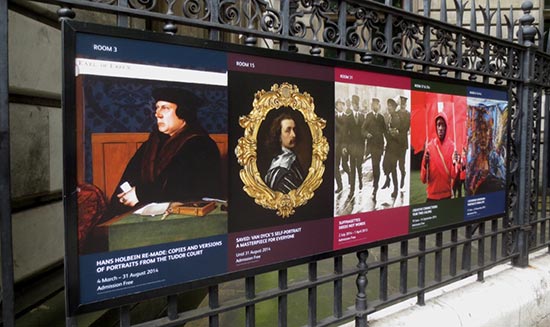
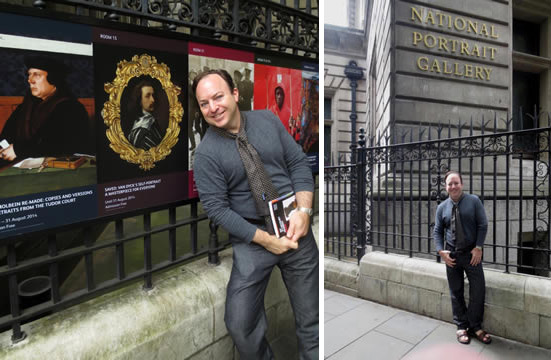
When in London, there is always time for a visit to the National Portrait Gallery. There, I was pleased to discover an exhibit dedicated to photography portraits of the English actress Vivien Leigh.
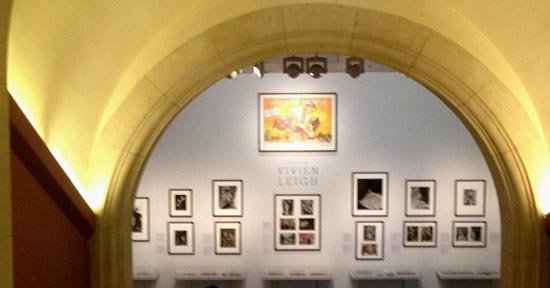
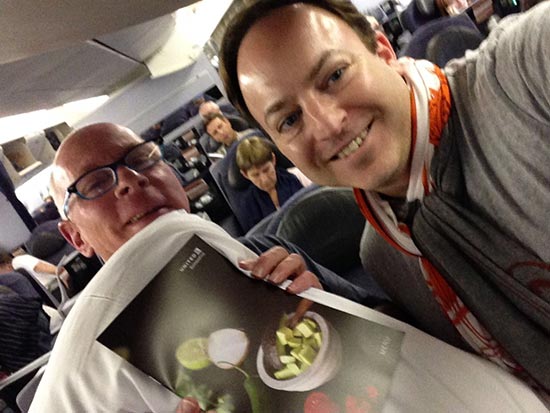
WE ALSO SERVED: Also on my trip itinerary with my partner, Barnet Cohn, was a visit to Bletchley Park, where the enigma codes were cracked during World War II.
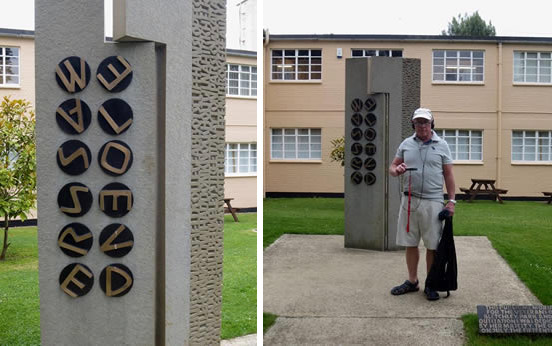
"...the geese that laid the golden eggs and never cackled." - Winston Churchill This quote was put in context when a docent told Barney:
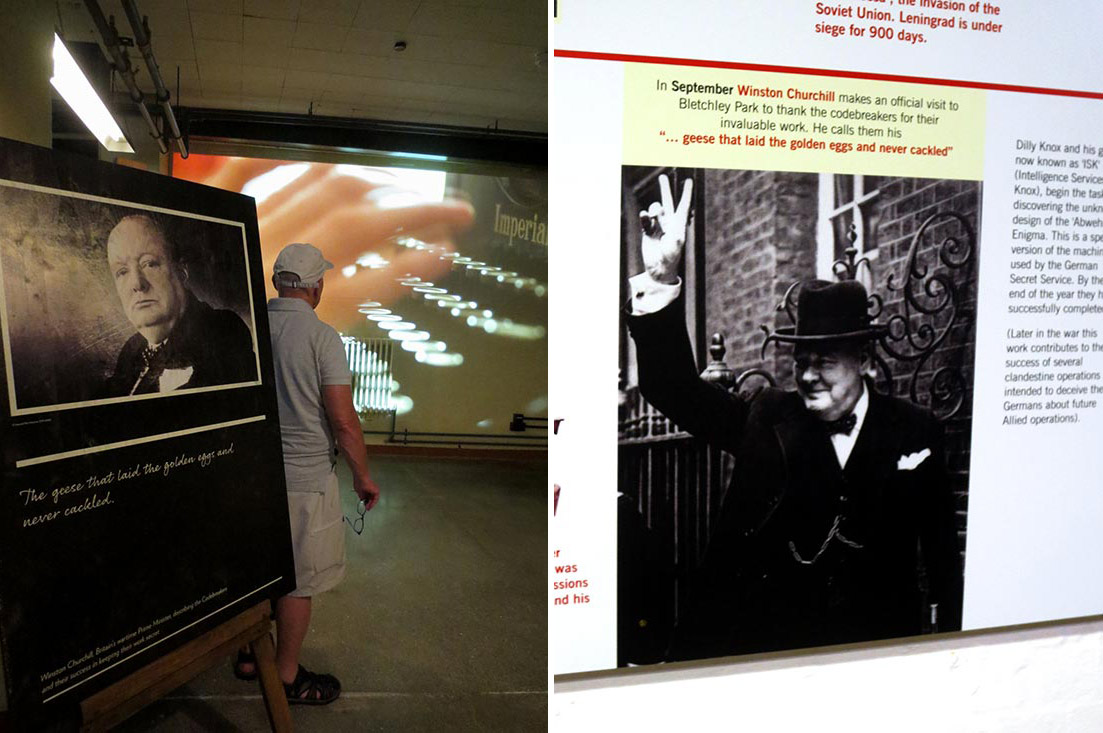
All Too Human: Jenny Saville and Celia Paul on exhibit
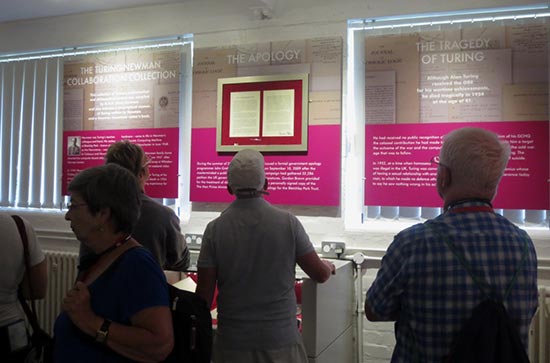
I share my art travels with my partner, Barnet Cohn, which pair with his interests in history. I asked him to comment on the significance of our visit there: "An original thought is an idea that no one before has had, not like most thoughts that are extensions or refinements of another's idea. In 1936, Alan Turing wrote a paper on computable numbers that established the process of "1" and "0" that every digital computer uses, and this is considered to be one of the most original thoughts of the 20th century. Turing was the mathematical genius who came up with and conceptualized the process and machines that broke the German Enigma code during World War II, which saved the Allies from the Nazis and shortened the war by two years, thus saving 40 million lives. Turing, also a gay man, was convicted of having gay sexual relations. He killed himself before ever receiving the credit he deserved for his wartime service, which was unquestionably one of the most important elements in the German's defeat in World War II. In 2009, British Prime Minister Gordon Brown apologized for how Turing was treated. In 2013, the Queen granted an unprecedented royal pardon to Turing because the pardon's application didn't meet the historical requirements traditionally demanded for such a pardon. Codebreaker: The Story of Alan Turing is a documentary drama available on Netflix, and a new movie, The Imitation Game tells more about Turing's story. Touring Bletchley Park, the headquarters of Turing's World War II code breaking work, along with the American Cemetery above Normandy Beach, Winston Churchill's underground War Cabinet headquarters, and the Auschwitz Concentration Camp in Krakow, Poland gave us the opportunity to see in person and through our own eyes so much of what has shaped who we are in our own time."
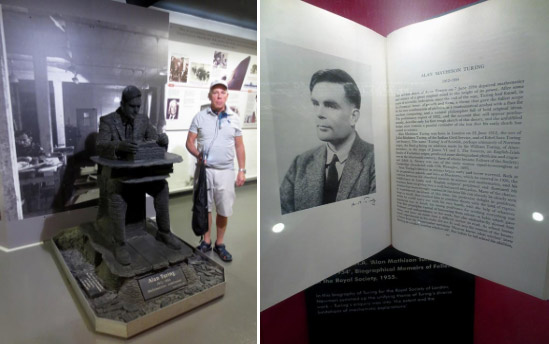
The more I travel and view art, I see a shared humanity and the world becoming more "one" by influence; with the common denominator of computer technology, it becomes increasingly smaller to me, proving the cliche, "it's a small world." On the plane over, we watched the movie The Monument Men, experiencing the efforts made to save the world's great masterpieces though cinematic storytelling. During my visit to Bletchley, I also was excited to see the name Brin Newton-John as one of the heroes who worked at Bletchley Park and who later became a professor in Melbourne, Austrailia and the father of a famous daughter. I had known Olivia Newton-John's maternal grandfather was the Nobel prize winning physicist Max Born and friend of Einstein, and I liked the correlation of art and science being akin. Beyond celebrity trivia tying into the arts, it is relevant to me because of my gallery's longtime advocacy of the Olivia Newton- John Cancer & Wellness Center and its global research efforts for a cure and healing.
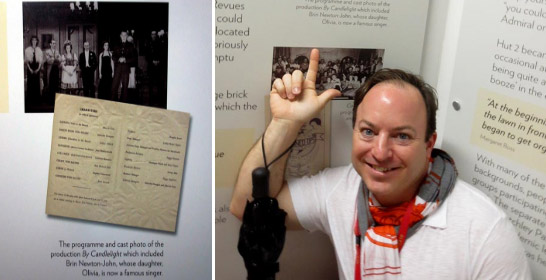
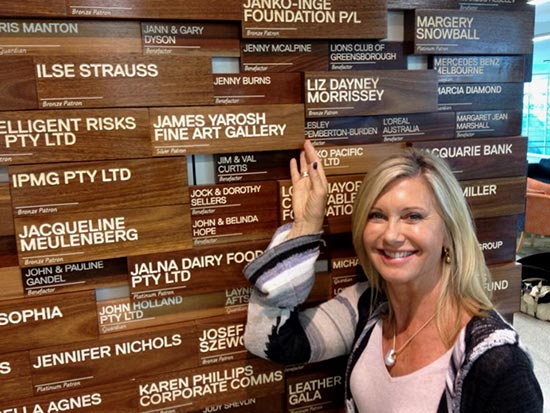
When in London, there is always time for a visit to the National Portrait Gallery. There, I was pleased to discover an exhibit dedicated to photography portraits of the English actress Vivien Leigh.

